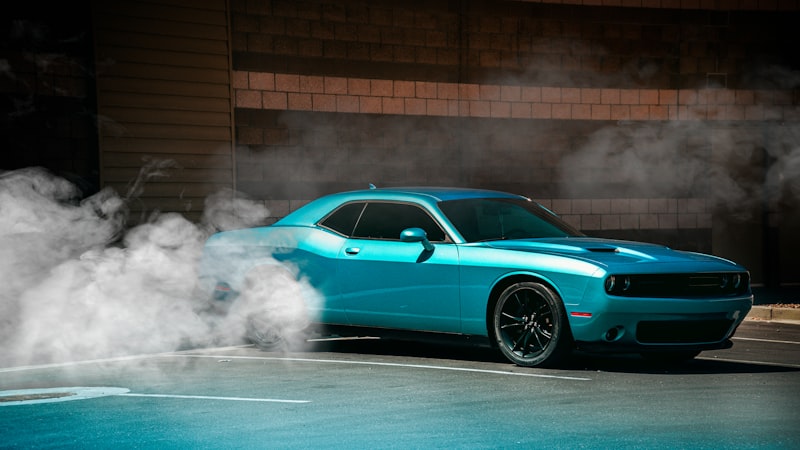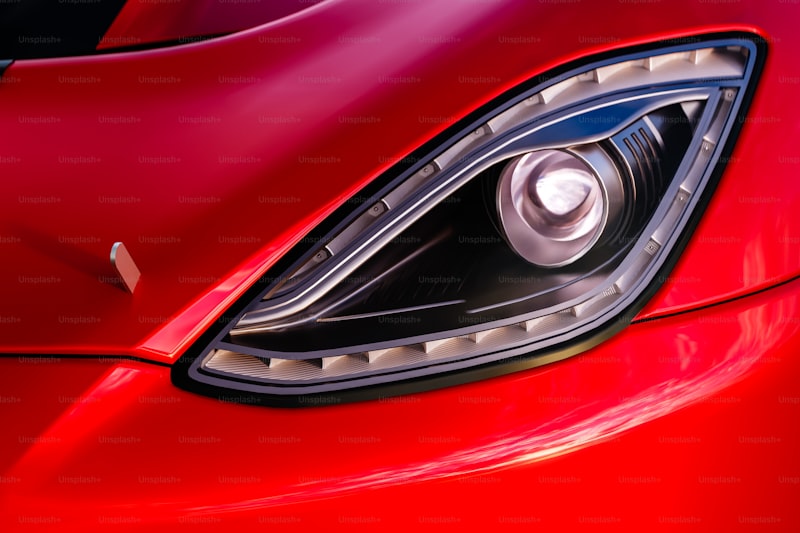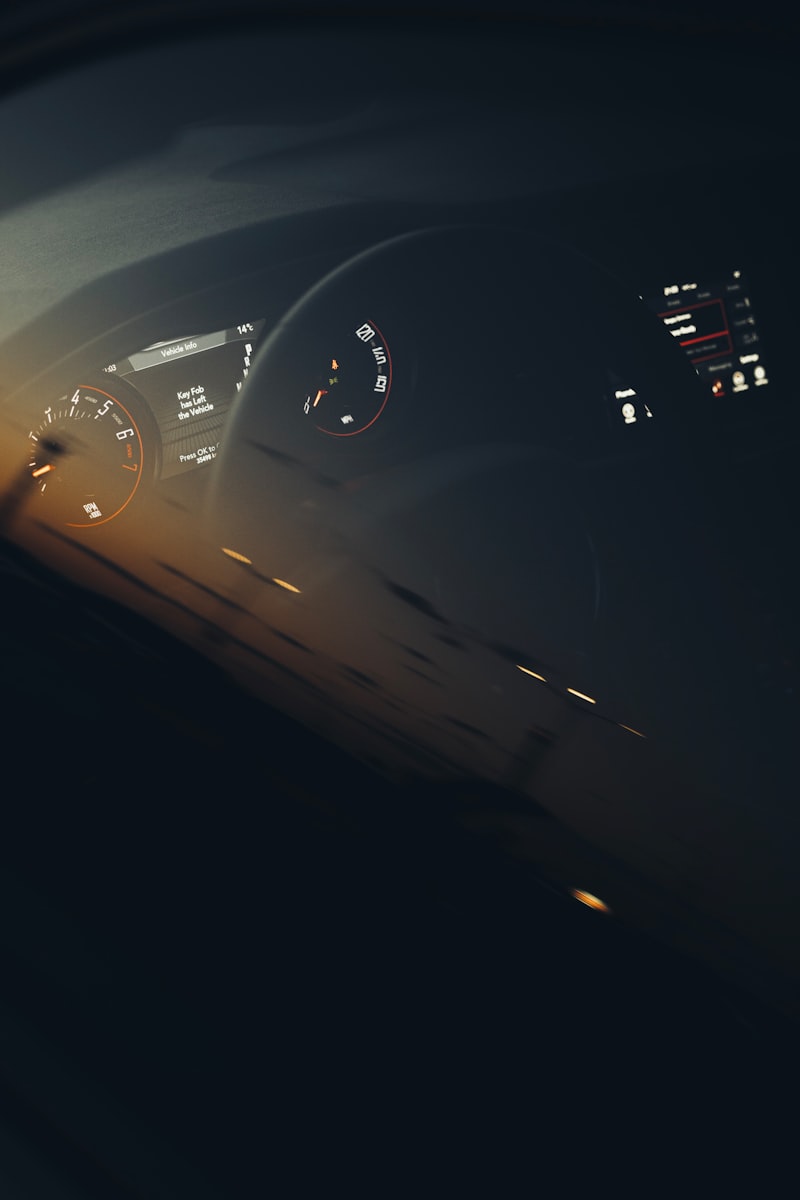Are you a proud owner of a 2013 Jeep Wrangler? While this rugged and versatile vehicle is well-known for its off-road capabilities, it’s crucial to be aware of potential issues that might arise. In this article, we’ll delve into some common problems encountered by 2013 Jeep Wrangler owners, providing you with valuable insights and solutions.
One problem frequently reported by Wrangler owners is the oil cooler housing failure. Over time, the plastic housing can crack, resulting in coolant leakage. This issue may lead to engine overheating and potential damage if not promptly addressed. To avoid such a predicament, regular inspection and maintenance of the oil cooler housing are recommended.
Another concern involves the transmission. Some owners have experienced rough shifting or complete transmission failure. This could be attributed to a faulty solenoid pack, which controls the gear changes. If you notice any irregularities in your Wrangler’s shifting behavior, it’s advisable to have the solenoid pack examined and replaced if necessary.
Additionally, a number of 2013 Jeep Wranglers have encountered water leaks. These leaks often originate from poorly sealed doors, windows, or hardtops, allowing rainwater or car wash spray to infiltrate the interior. Vigilance in identifying and sealing these entry points can prevent potential water damage to the vehicle’s electronics and upholstery.
Electrical issues have also been reported, particularly with the power window system. Some owners have faced problems like non-responsive or intermittently functioning windows. Troubleshooting steps might involve checking fuses, relays, and wiring connections, but seeking professional assistance may be necessary for complex electrical repairs.
Lastly, a recurring complaint among Wrangler drivers relates to the heating and air conditioning system. Failures in the blend doors or malfunctioning actuators can result in inadequate temperature control or the inability to redirect airflow. Addressing these issues may involve replacing faulty components or recalibrating the HVAC system.
To ensure your 2013 Jeep Wrangler remains in optimal condition, regular maintenance and timely attention to these known problems are essential. Remember, proactive care and addressing issues promptly can help you enjoy the adventurous spirit of your Wrangler without unnecessary setbacks.
Investigating the 2013 Jeep Wrangler: Unveiling the Top Mechanical Gremlins plaguing this Iconic Off-Roader
Are you ready to dive into the world of the 2013 Jeep Wrangler? Buckle up and get ready as we peel back the layers to uncover the top mechanical gremlins that have plagued this iconic off-roader. From its rugged exterior to its legendary capabilities, the Jeep Wrangler has captured the hearts of adventure seekers for decades. However, even the toughest vehicles can sometimes encounter issues that require investigation.
One area of concern when it comes to the 2013 Jeep Wrangler is its transmission system. Some owners have reported experiencing rough shifting or difficulty in changing gears. This can be a frustrating problem, especially when you’re out exploring the unbeaten path. To ensure a smooth ride, it’s essential to have a qualified mechanic inspect the transmission and address any underlying issues.
Another common gremlin that has been known to haunt the 2013 Jeep Wrangler is related to its electrical system. A handful of owners have reported problems with the vehicle’s electrical components, such as faulty wiring or malfunctioning power windows. It’s crucial to stay vigilant and promptly address any electrical issues to avoid potential safety hazards and inconvenience.

Additionally, the cooling system has been identified as an area of concern for some Wrangler enthusiasts. Overheating can occur, especially during demanding off-road adventures or in extreme weather conditions. Regular maintenance, including coolant flushes and inspections, is vital to keep the engine running at optimal temperatures and prevent costly repairs down the road.
When it comes to off-roading, the suspension system plays a crucial role in providing a smooth and controlled ride. However, several Jeep Wrangler owners have reported issues with worn-out shocks and excessive vibrations. Upgrading the suspension components or seeking professional assistance can help address these problems and enhance your off-roading experience.
As with any vehicle, it’s important to conduct regular maintenance and address issues promptly to keep your 2013 Jeep Wrangler in peak condition. By staying proactive and attentive to the gremlins that may arise, you can continue to enjoy the thrill of off-roading in this iconic vehicle. So grab your gear, hit the trail, and let the adventure begin!
Owners Speak Out: The Most Common Issues Affecting the 2013 Jeep Wrangler
When it comes to the 2013 Jeep Wrangler, owners have spoken out about the most common issues that affect this popular vehicle. As an owner, it’s important to be aware of these issues to ensure a smooth driving experience.
One major concern raised by owners is the problem with the engine. Some have reported experiencing rough idling or stalling, which can be quite frustrating. This issue could be caused by a variety of factors, such as a faulty fuel pump or a malfunctioning sensor. If you’re facing similar problems, it’s advisable to have your engine checked by a qualified mechanic to identify and fix the underlying cause.
Another issue that has been frequently mentioned is related to the transmission. Some owners have reported difficulty in shifting gears, especially when the vehicle is cold. This can be due to worn-out clutch components or a problem with the gear synchronizers. Regular maintenance and proper care can help prevent these issues, but if you’re already experiencing difficulties, it’s best to seek professional assistance.
In addition to mechanical issues, owners have also expressed concerns about the electrical system of the 2013 Jeep Wrangler. Problems with the electrical wiring and connectors have been reported, leading to issues with various components such as the lights, power windows, or radio. To address this, it’s recommended to have any electrical problems diagnosed and repaired by a skilled technician who specializes in automotive electrical systems.
Lastly, owners have noticed rust-related problems with the 2013 Jeep Wrangler. Due to its rugged nature and off-road capabilities, the Wrangler is exposed to harsh conditions that can contribute to rust formation, particularly on the undercarriage and body panels. Regularly inspecting and applying protective coatings can help prevent rust from spreading and causing further damage.
While the 2013 Jeep Wrangler is a beloved vehicle among many owners, it is not without its common issues. From engine and transmission concerns to electrical system problems and rust formation, these issues can impact the overall driving experience. By staying vigilant, conducting regular maintenance, and addressing any problems promptly, owners can ensure their Wrangler remains in top condition for years to come.
Safety or Security? Delving into the Recurring Concerns Surrounding the 2013 Jeep Wrangler
When it comes to the 2013 Jeep Wrangler, one cannot help but ponder over the recurring concerns regarding safety and security. This iconic vehicle has captured the hearts of adventure seekers and off-road enthusiasts for years, but some have raised questions about its reliability in terms of safety and protection.
In terms of safety, the 2013 Jeep Wrangler provides a solid foundation. It is equipped with standard safety features such as antilock brakes, stability control, and front and side airbags. These features aim to keep occupants safe in the event of a collision or sudden maneuvers on and off the road. However, it’s worth noting that the Wrangler’s design leans more towards its off-road capabilities rather than prioritizing safety features commonly found in conventional sedans.
One aspect that has drawn attention is the Wrangler’s performance in crash tests. The Insurance Institute for Highway Safety (IIHS) subjected the 2013 model to several tests, and while it received a “Good” rating in the moderate overlap front test, it scored lower in other areas. This indicates that there may be room for improvement in terms of protecting occupants during certain types of accidents.
Moving on to security, the 2013 Jeep Wrangler has faced its fair share of concerns. Due to its removable doors and soft-top roof, some argue that it could be more vulnerable to theft or break-ins compared to vehicles with fixed structures. Additionally, the Wrangler’s popularity makes it a target for thieves who are well-versed in navigating its security systems.
However, it is important to note that Jeep has made efforts to address these concerns. Optional security features such as an engine immobilizer system and a vehicle theft alarm provide additional layers of protection against unauthorized access and theft. Moreover, aftermarket solutions are available for those seeking enhanced security measures.


While the 2013 Jeep Wrangler offers a thrilling experience for outdoor enthusiasts, it is crucial to consider the recurring concerns surrounding its safety and security. While it provides standard safety features, its performance in crash tests leaves room for improvement. Regarding security, the Wrangler’s design characteristics may make it more susceptible to theft or break-ins, but optional security features and aftermarket solutions can help mitigate these risks. Ultimately, it is important for potential buyers to weigh these factors against their specific needs and preferences before making a decision.
The Mysterious Case of the 2013 Jeep Wrangler Electrical Woes: Are They Fixable?
Have you ever experienced the frustration of dealing with electrical issues in your beloved vehicle? If you’re a proud owner of a 2013 Jeep Wrangler, you might be all too familiar with the enigmatic world of its electrical problems. This article delves into the mysteries surrounding these issues and explores whether they can be resolved.
Picture this: you’re cruising down the road, enjoying the wind in your hair and the thrill of adventure, when suddenly, your Jeep’s electrical system starts acting up. Lights flickering, radio cutting in and out, and even worse, the engine stalling at the most inconvenient times. It’s a nightmare scenario for any Jeep enthusiast.
But fear not! While the 2013 Jeep Wrangler has been plagued by these electrical gremlins, there is hope for a fix. Many owners have reported experiencing similar problems, leading to a community of like-minded individuals working together to find solutions.
One common culprit behind these electrical woes is a faulty TIPM (Totally Integrated Power Module), which acts as the nerve center of the vehicle’s electrical system. The TIPM controls various functions, including the fuel pump, wipers, and lighting. A malfunctioning TIPM can wreak havoc on your Jeep’s electrical performance, causing all sorts of unpredictable issues.
Fortunately, there are ways to address this problem. Some owners have chosen to replace the entire TIPM unit, while others have opted for TIPM repair services that specialize in fixing specific faults within the module. Both options have shown promise in resolving the electrical woes, bringing back the joy of owning a well-functioning Jeep.
However, it’s important to note that each case may vary, and finding the root cause of the electrical problems can sometimes be akin to solving a mystery. Consulting with an experienced mechanic or contacting Jeep customer support can provide valuable insights and guidance in your pursuit of a resolution.

